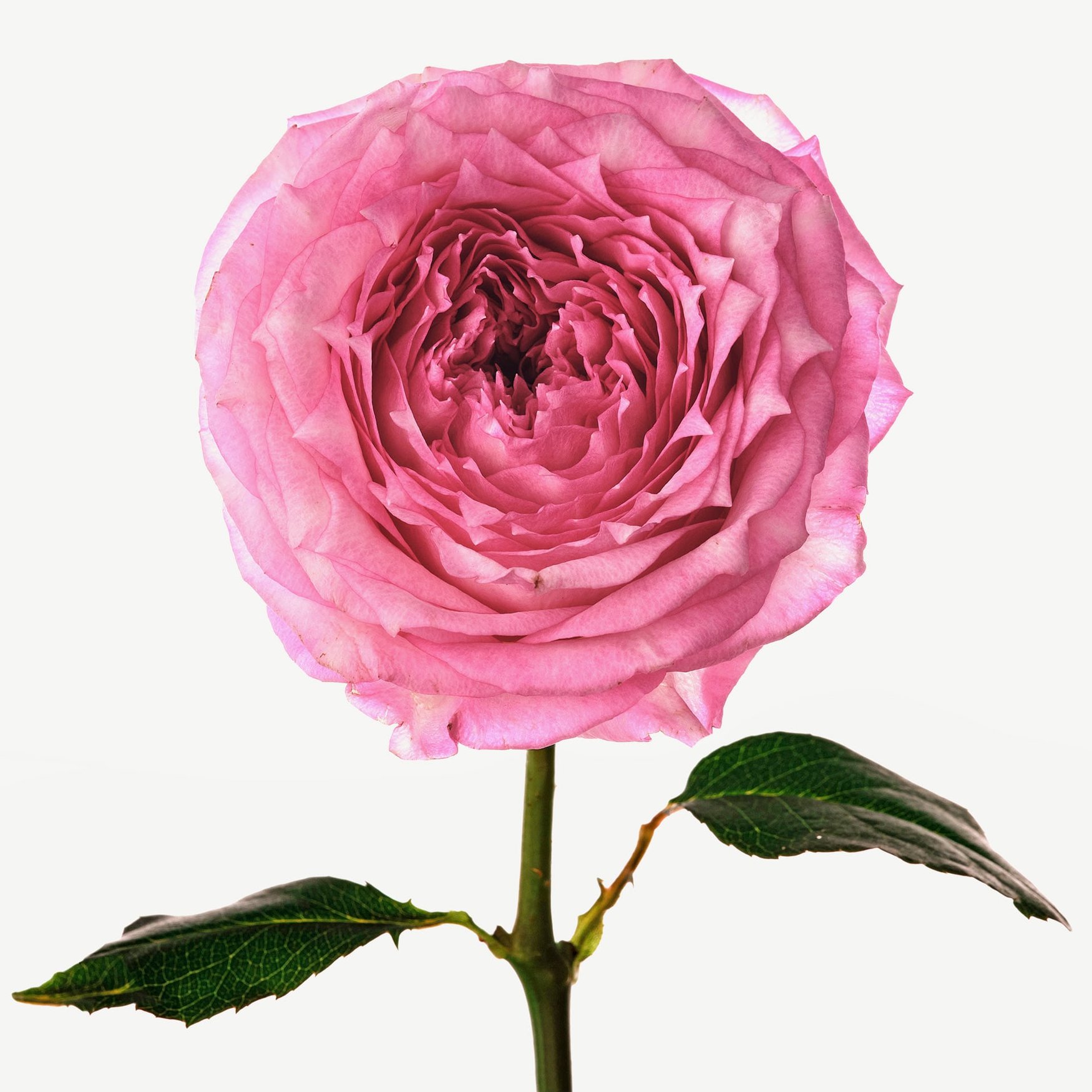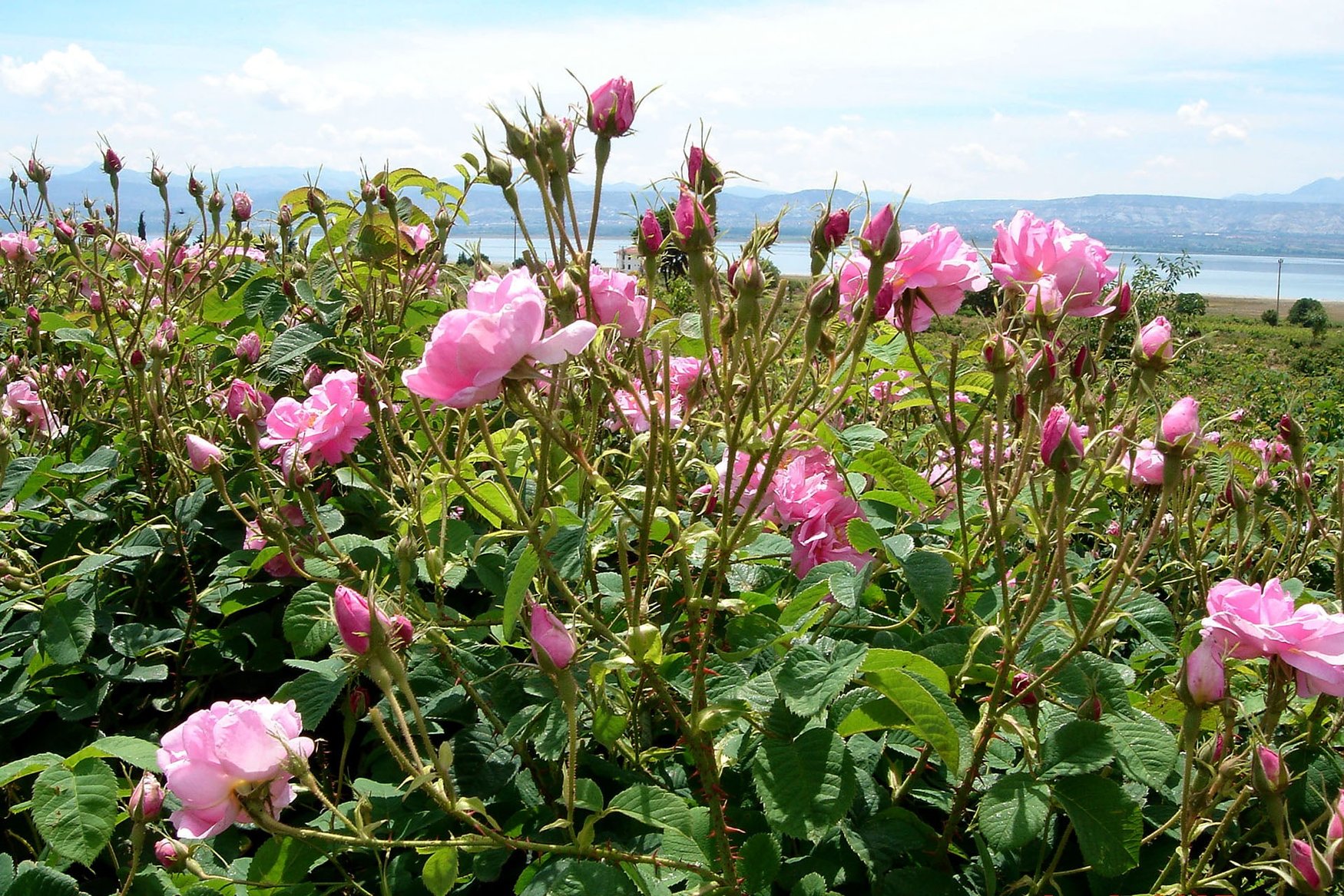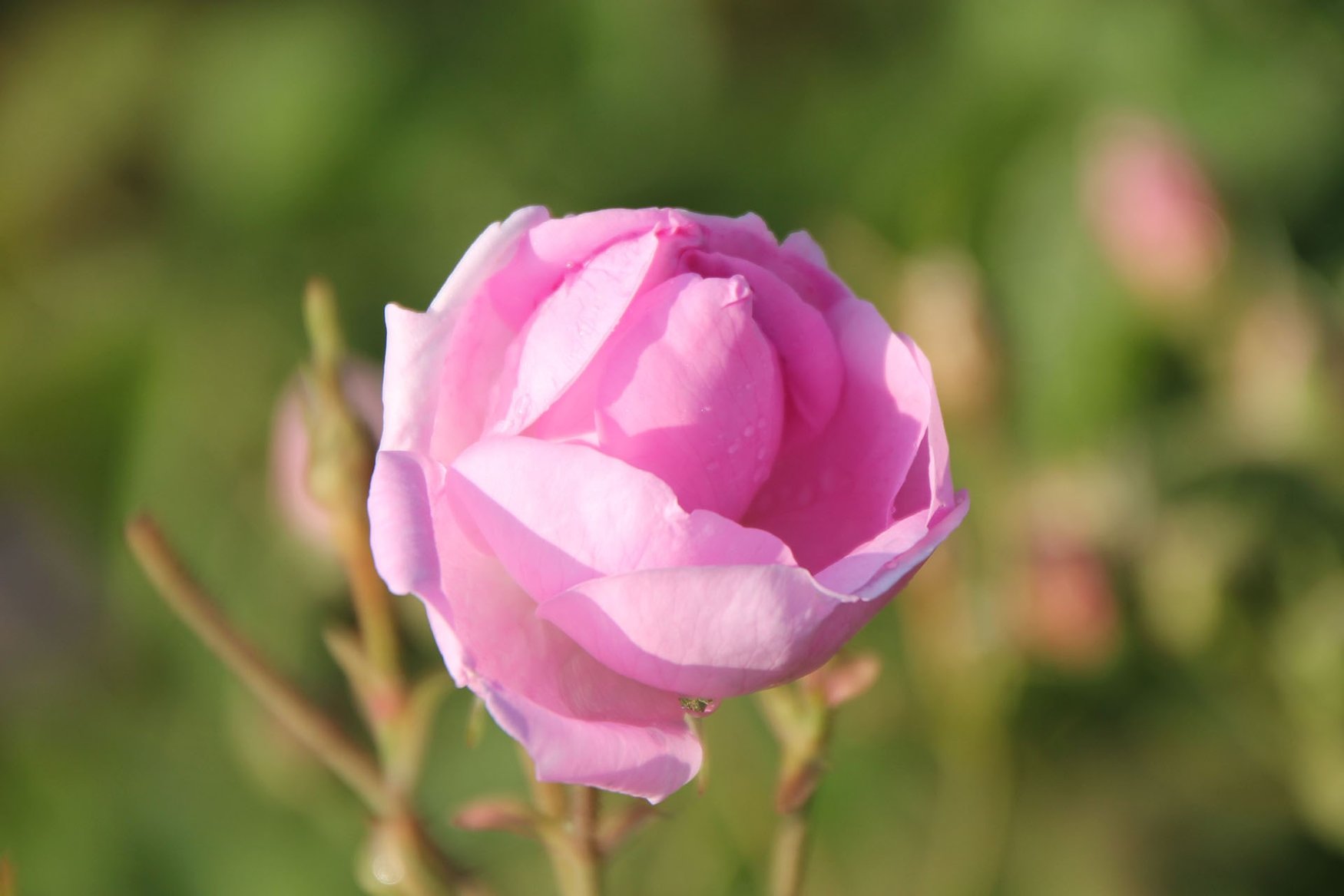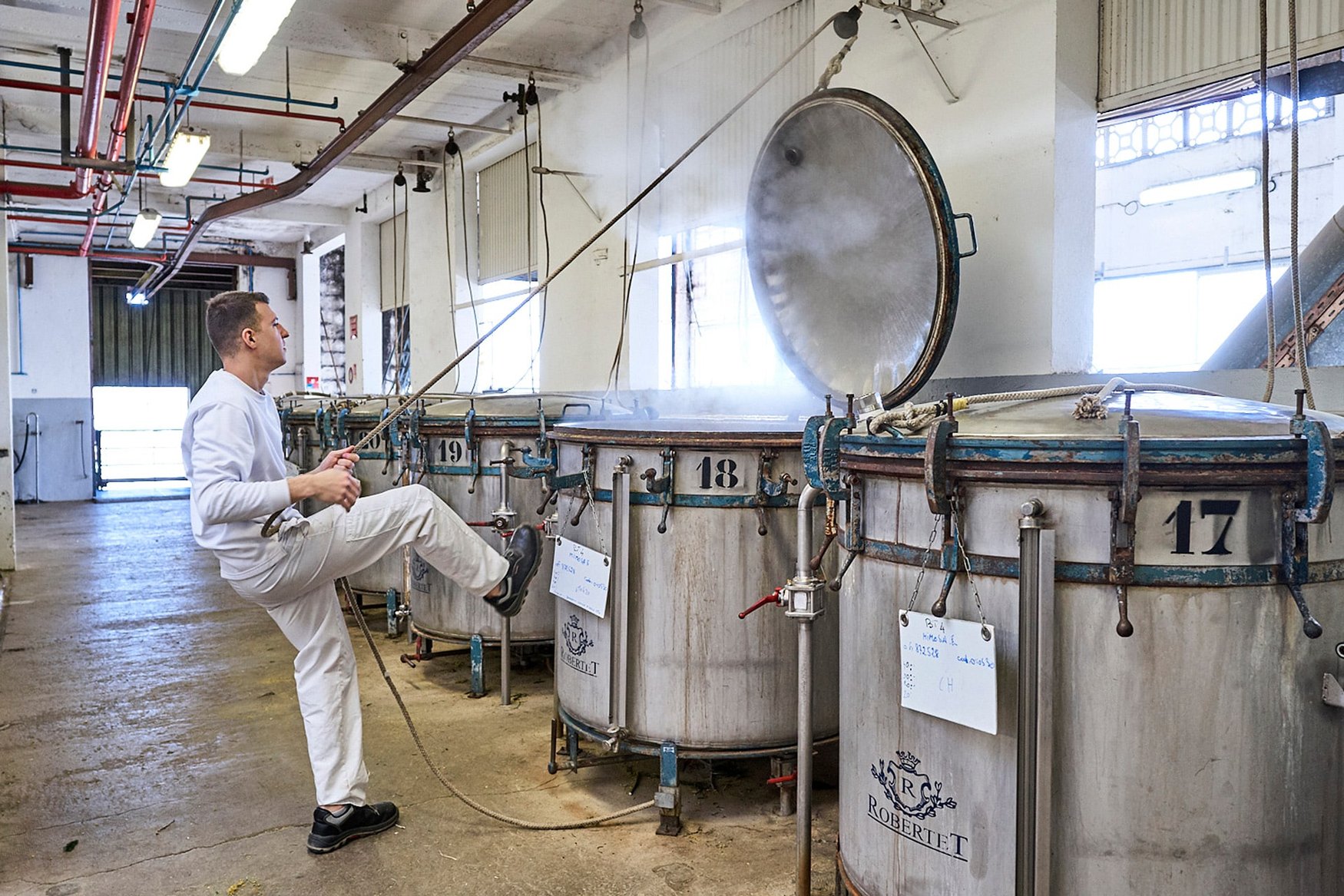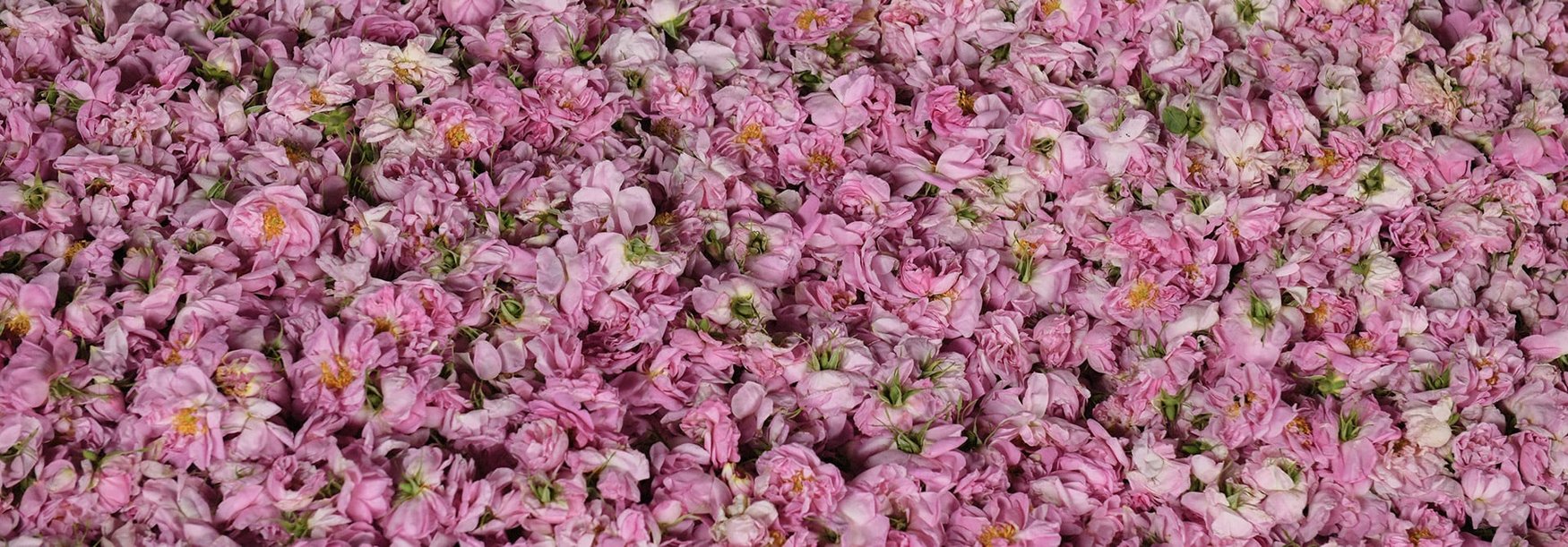In what we imagine to be some of the most beautiful regions imaginable, roses are grown en masse throughout parts of France, Turkey, Bulgaria and Morocco (the Daddès Valley). But not all roses make it into our beloved fragrances. Rather, roses are classified into two overarching categories: ornamental roses grown for their aesthetic qualities, and then the coveted fragrant roses that pique perfumers’ interests. Among the 5,000 known botanical varieties of roses, only a mere two are used in perfumery: the Rosa Centifolia and the Rosa Damascena. Rosa Centifolia, a thorn-less flower grown in Grasse, is considered to have a more “delicate” scent, extracted using solvents to obtain an absolute. Akin to anything of interest, this divine floral note is shrouded in secrecy—with its production becoming rather secretive of late. And yet, the fragrant qualities of Centifolia are so lovely that prestige perfume houses continue to use it. On the other hand, Rosa Damascena (or Damascus rose)—produced in Turkey and Bulgaria—is the only known rose to exist as an essence. And what’s more: it’s thought to be among the richest, most velvety essences available. This essence is captured through a process of distillation, whereby the flowers are handpicked at dawn and quickly processed to avoid fermentation.
